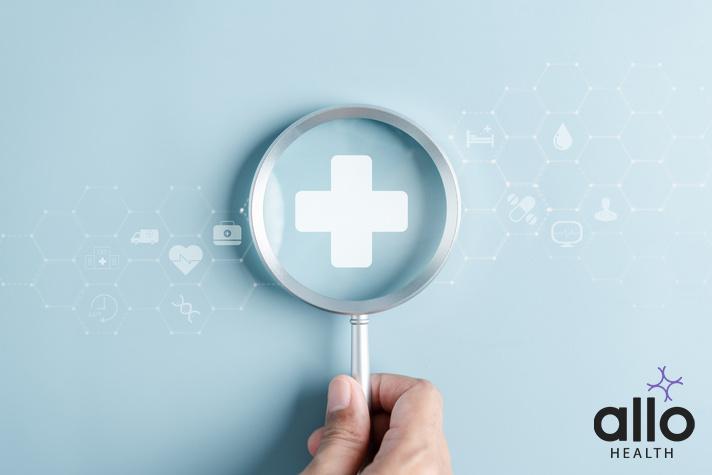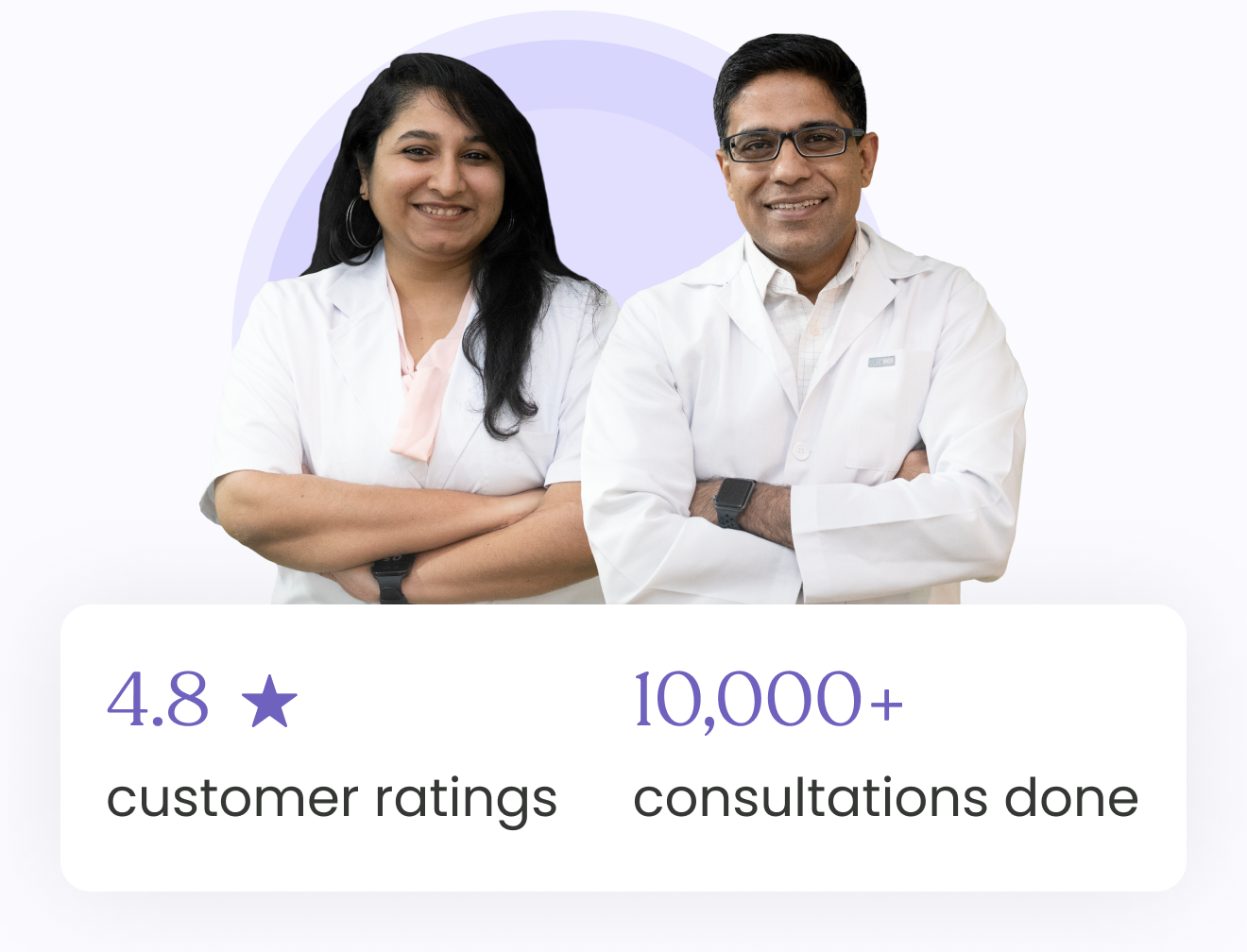Lymphgranuloma Venereum (LGV) Effective Treatment Options

Allo Health is dedicated to personalized well-being, offering support and trusted information tailored to individual health goals. The platform emphasizes human-generated content, led by a distinguished medical team of experts, including physicians and sexual health specialists. Their commitment to credibility involves rigorous fact-checking, authoritative research, and continuous updates to ensure accurate, up-to-date information. Allo Health's unique approach goes beyond conventional platforms, providing expert-led insights and a continuous commitment to excellence, with user feedback playing a crucial role in shaping the platform's authoritative voice.

Dr Thanushree, has her MBBS from Kanachur Institute of Medical Sciences, Mangalore
Why This Was Upated?
Our experts continually monitor the health and wellness space, and we update our articles when new information became available.
Updated on 26 February, 2025
- Article was updated as part of our commitment to diversity, equity, and inclusion.
"The following blog article provides general information and insights on various topics. However, it is important to note that the information presented is not intended as professional advice in any specific field or area. The content of this blog is for general educational and informational purposes only.
Book consultation
The content should not be interpreted as endorsement, recommendation, or guarantee of any product, service, or information mentioned. Readers are solely responsible for the decisions and actions they take based on the information provided in this blog. It is essential to exercise individual judgment, critical thinking, and personal responsibility when applying or implementing any information or suggestions discussed in the blog."
Lymphogranuloma venereum (LGV), caused by specific strains of Chlamydia trachomatis, presents a unique challenge in the realm of sexually transmitted infections (STIs). In this comprehensive guide, we embark on a journey through the landscape of LGV treatment, exploring the diverse options available to combat this often-overlooked disease and improve patient outcomes.
Effective treatment of LGV involves eradicating the causative bacterium, alleviating symptoms, and preventing disease complications. Various therapeutic modalities, including antibiotics, supportive care, and surgical interventions, play pivotal roles in managing LGV and promoting patient recovery.
Antibiotic Therapy
- Doxycycline:
- Doxycycline, a broad-spectrum antibiotic, stands as the cornerstone of LGV treatment. It is typically administered orally as a daily dose for a duration of three weeks.
- Doxycycline effectively targets Chlamydia trachomatis, inhibiting bacterial replication and promoting resolution of symptoms.
- The prolonged treatment course aims to ensure complete eradication of the infection and prevent disease recurrence.
- Azithromycin:
- Azithromycin, a macrolide antibiotic, represents an alternative treatment option for LGV, particularly in cases where doxycycline is contraindicated or not tolerated.
- Azithromycin is typically administered as a single oral dose, offering convenience and simplicity in treatment regimens.

Supportive Care
- Pain Management:
- In cases of inguinal lymphadenopathy or genital ulcers, symptomatic relief is paramount to alleviate discomfort and improve patient well-being.
- Nonsteroidal anti-inflammatory drugs (NSAIDs) or analgesics may be prescribed to manage pain and inflammation associated with LGV symptoms.
- Wound Care:
- Proper wound care techniques, including gentle cleansing and dressing changes, help prevent infection and promote healing of genital or rectal ulcers.
- Healthcare providers may provide guidance on wound care practices tailored to the individual’s needs and circumstances.
Surgical Interventions
- Abscess Drainage:
- In cases of LGV-related abscess formation, surgical drainage may be necessary to evacuate purulent material and alleviate symptoms.
- Abscess drainage procedures are performed under sterile conditions to minimize the risk of complications and facilitate wound healing.
- Debridement:
- Surgical debridement of necrotic tissue may be required in severe cases of LGV with extensive tissue damage.
- Debridement aims to remove non-viable tissue, reduce bacterial burden, and promote tissue regeneration and healing.
Follow-up and Monitoring
- Clinical Evaluation:
- Regular follow-up visits with healthcare providers are essential to monitor treatment response, assess symptom resolution, and identify any potential complications.
- Clinical evaluation may include physical examinations, laboratory tests, and imaging studies as indicated based on the individual’s clinical course.
- STI Screening:
Effective treatment of lymphogranuloma venereum (LGV) encompasses antibiotic therapy, supportive care, and, in some cases, surgical interventions. By employing a multifaceted approach tailored to the individual’s clinical presentation and disease severity, healthcare providers can optimize patient outcomes and mitigate the impact of LGV on sexual health and well-being. Through continued research, education, and public health initiatives, we can enhance LGV treatment strategies and improve access to quality care for affected individuals.








































